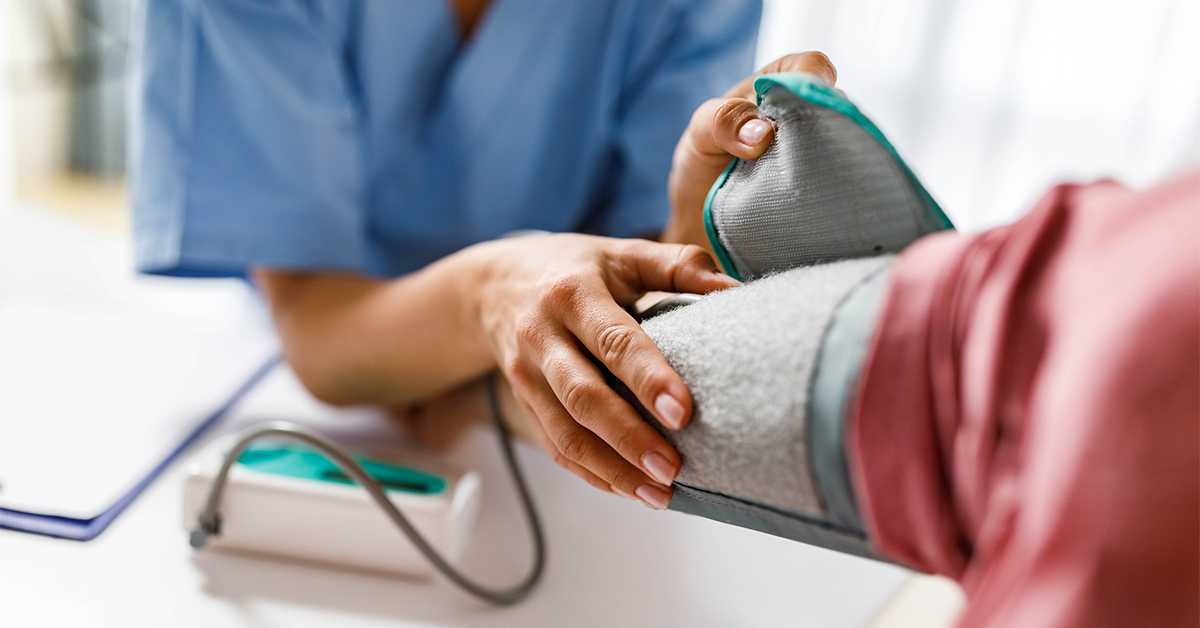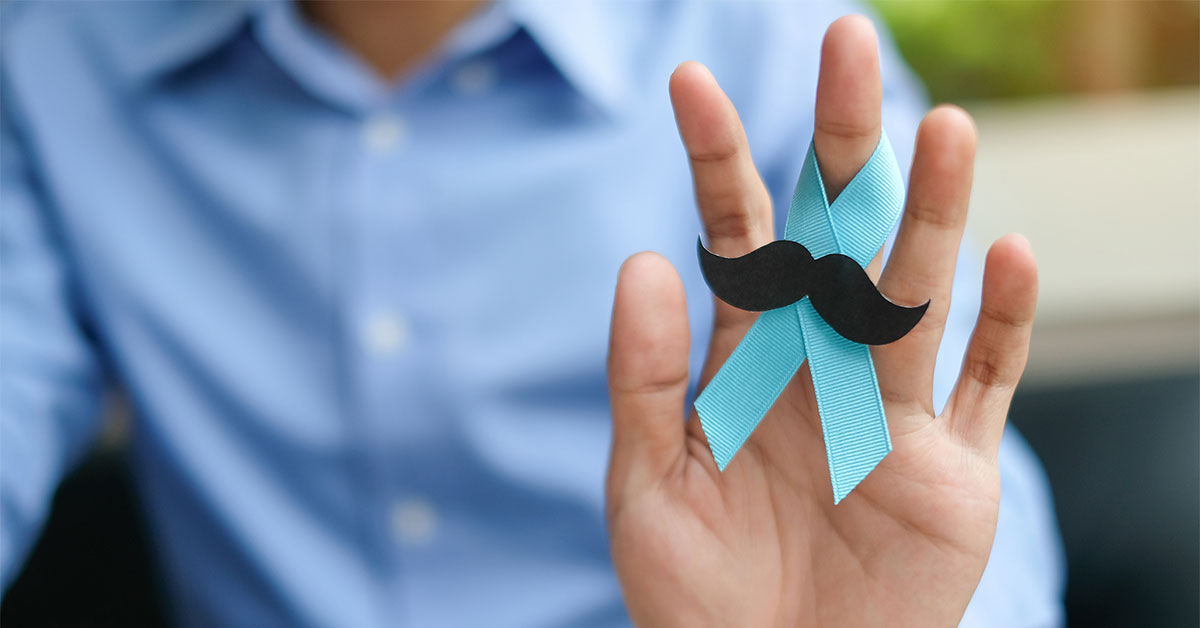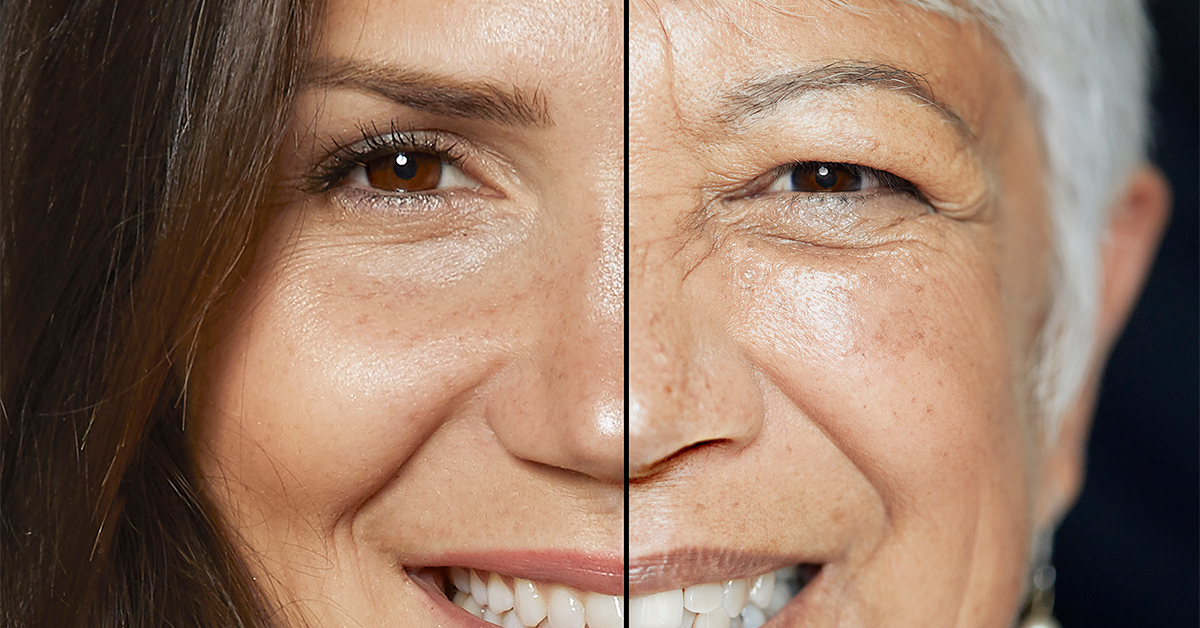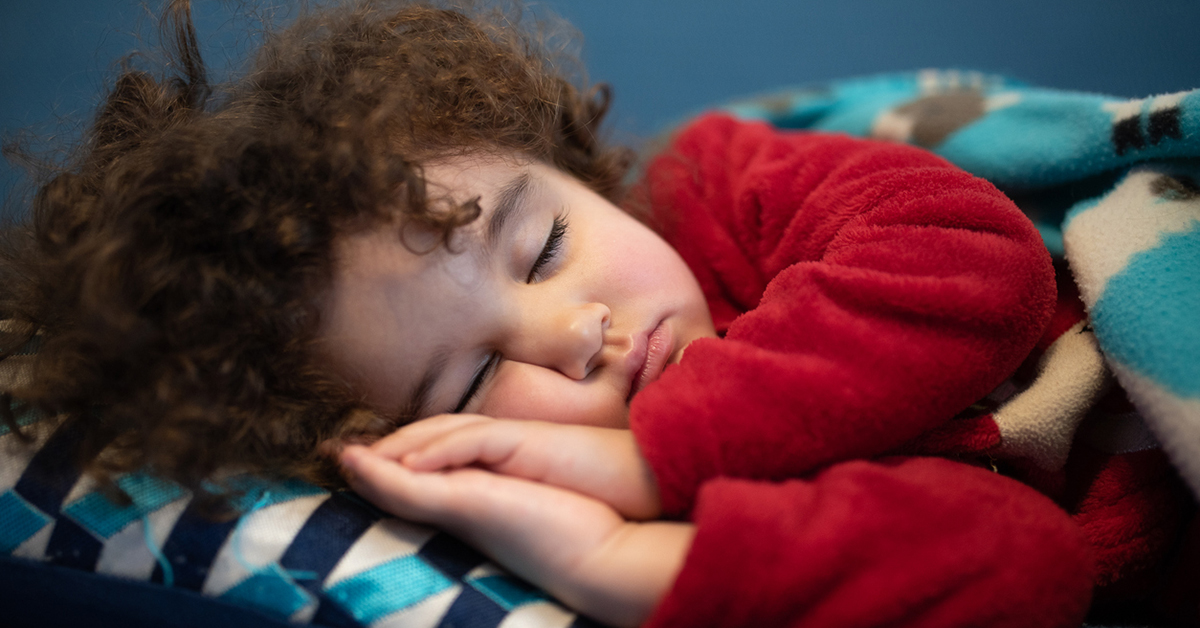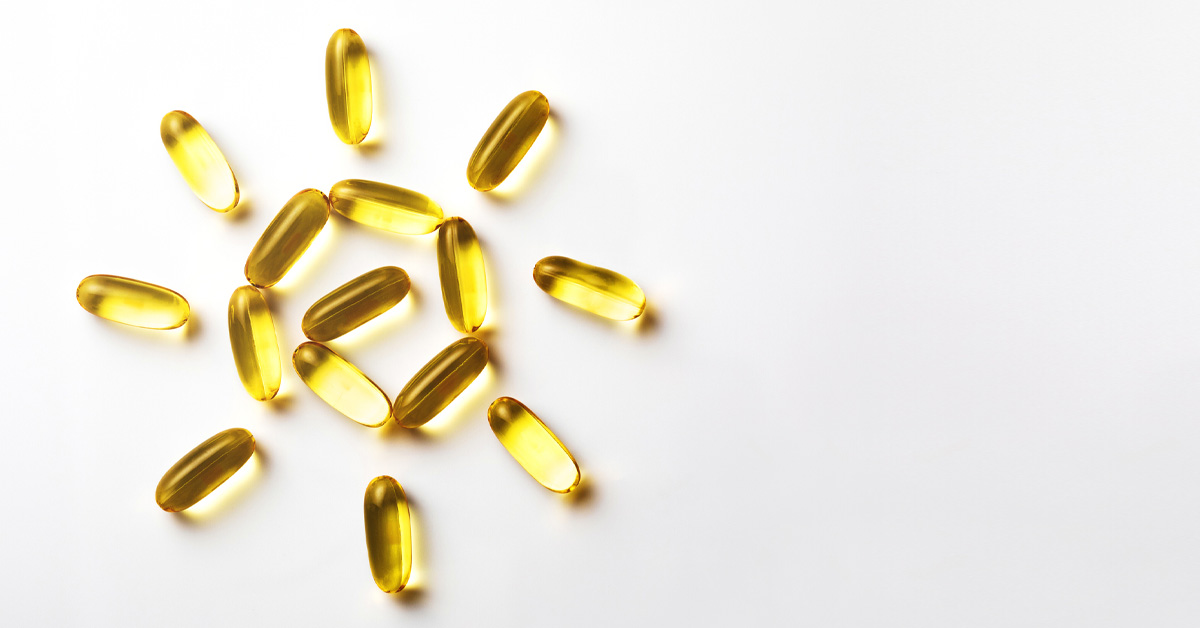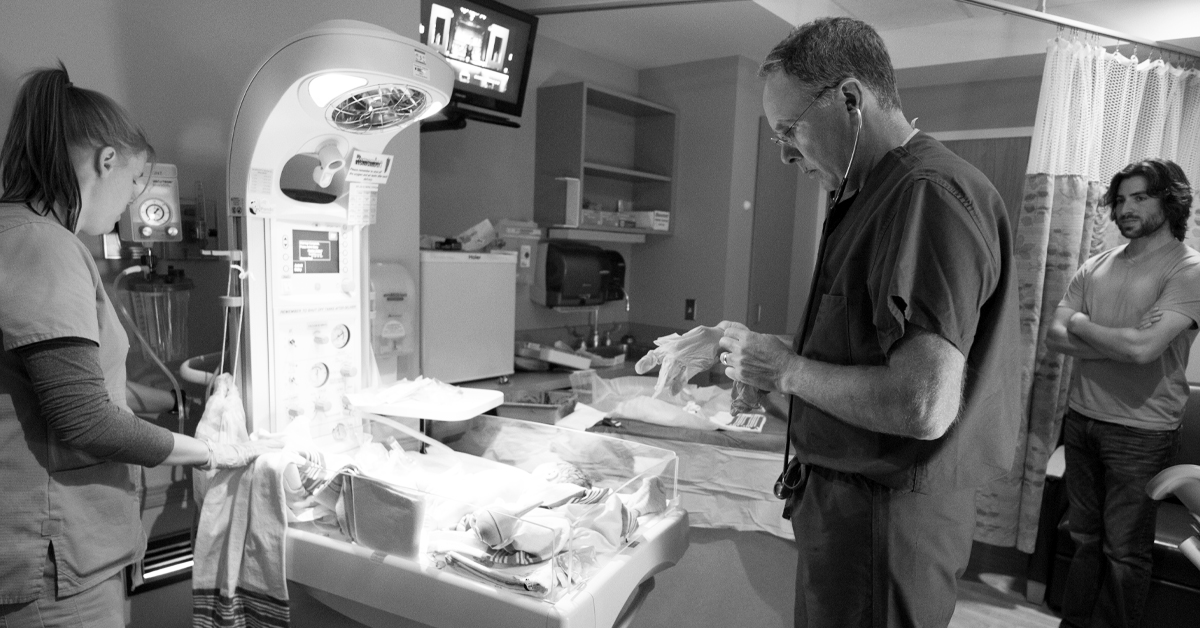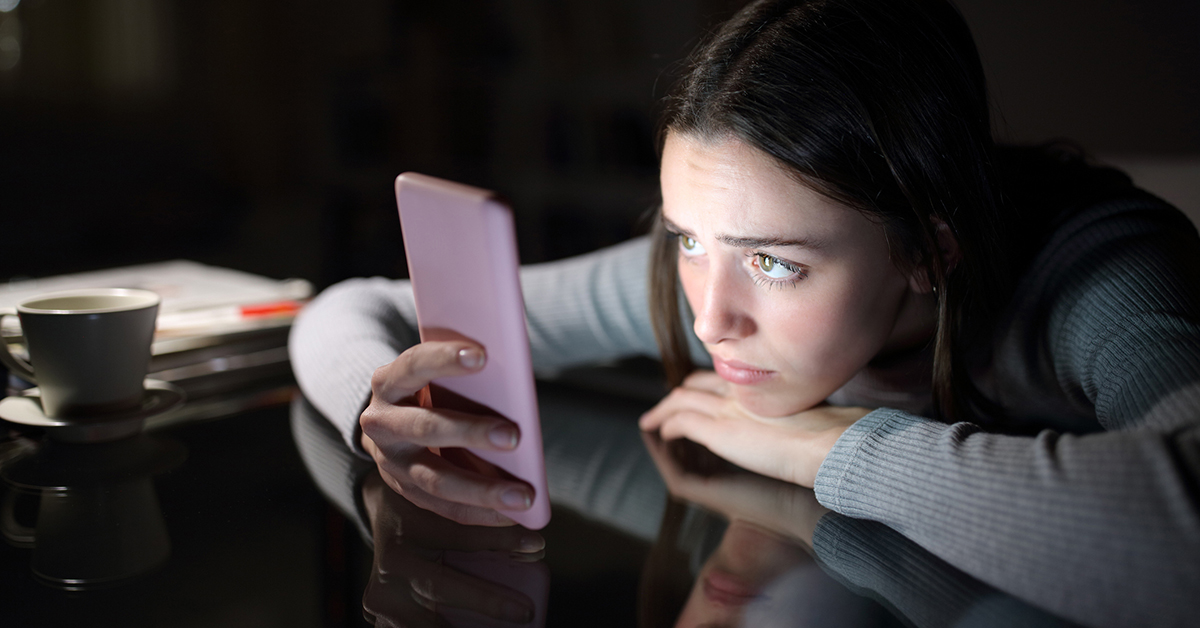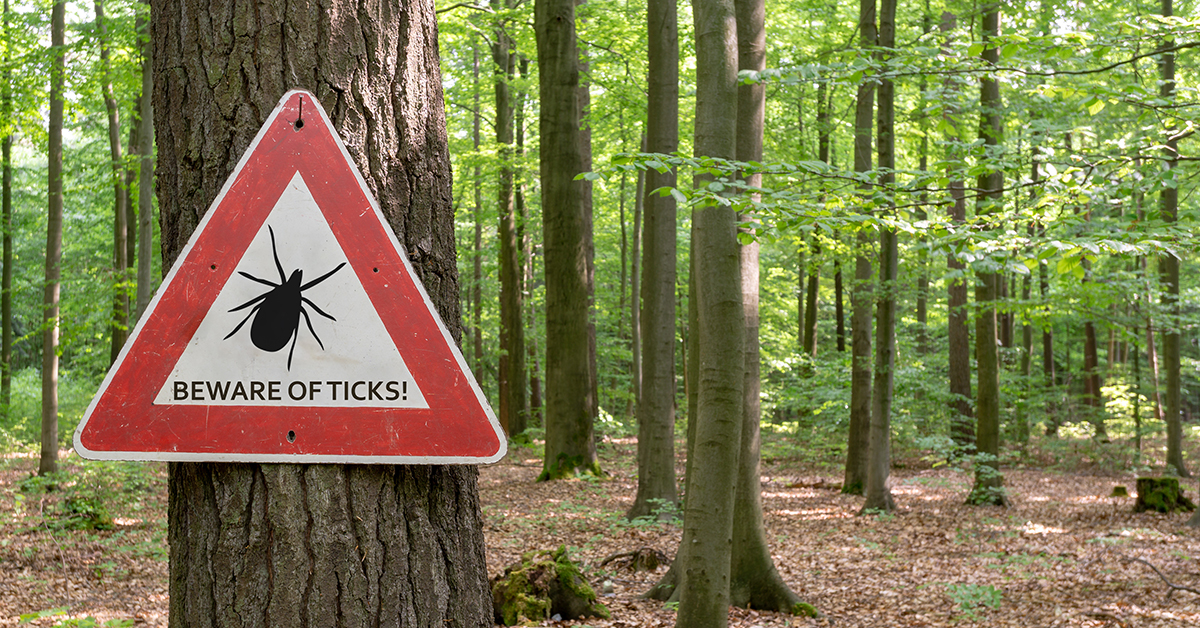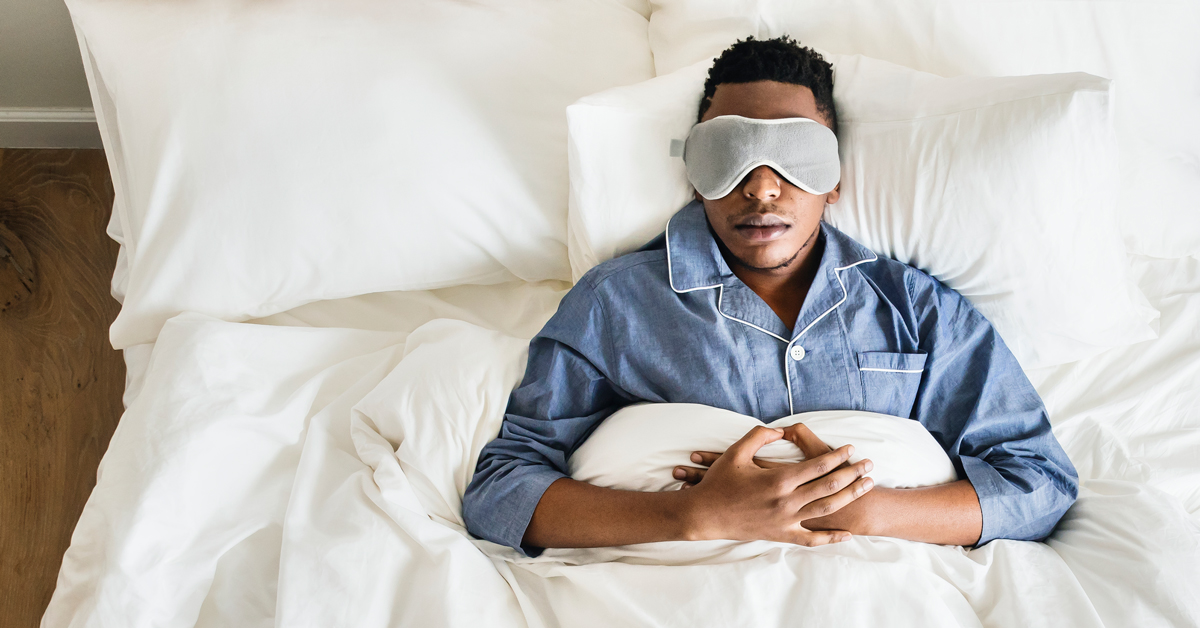Low blood pressure: know the symptoms
Many people have heard of the dangers of high blood pressure or hypertension: stroke, cardiovascular disease and kidney issues. But low blood pressure or hypotension can be worrisome if there are symptoms.
Measuring your blood pressure
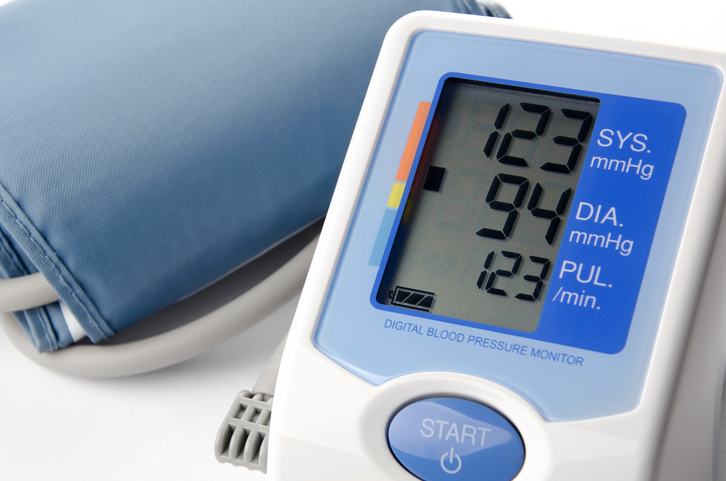
Here’s a refresher on blood pressure measures. Systolic blood pressure is the pressure on your arteries each time your heart beats; it’s the top number. Diastolic blood pressure measures how much pressure your arteries are under between heartbeats, the bottom number. The National Heart Foundation guidelines define “normal” blood pressure within the following range:
- Systolic blood pressure: 100 to 139 mm Hg
- Diastolic blood pressure: 60 to 89 mm Hg
The measurement “mmHg” means “millimeters of mercury,” a measure of pressure. Most people usually have a normal blood pressure of less than 120/80 mm Hg. Low blood pressure is blood pressure that is lower than 90/60 mm Hg. Over 24 hours, your blood pressure varies and depends on posture, activity, and stress. Illness or disease can also elevate or lower blood pressure.
Identifying low blood pressure is easy; figuring out why is harder
Identifying low blood pressure is easy; figuring out why it’s low tends to be more difficult. Many people do not experience symptoms of low blood pressure; they often only find out when measuring their blood pressure. Usually, your body can naturally regulate your blood pressure. If it starts to drop, your body adjusts by speeding up your heart rate or constricting blood vessels to narrow them. When your body can’t offset the drop in blood pressure, that’s when symptoms appear, such as:
- Blurred or fading vision
- Dizziness or lightheadedness
- Fainting
- Fatigue
- Trouble concentrating
- Nausea
- Dehydration and unusual thirst
- Cold, clammy, pale skin
- Rapid, shallow breathing
Given that it’s common to have low blood pressure with no symptoms, it’s hard to know how many people it affects overall. If symptoms are present, a Welia Health provider may order various tests to determine why your blood pressure is low and if you’re in any danger because of it. Low blood pressure can be caused by dehydration to severe medical conditions. Most healthcare providers consider blood pressure too low only if it causes symptoms. Recording symptoms when they occur and what you’re doing at the time is helpful.
Different types of low blood pressure
Below are the three most common types of low blood pressure, which can result from different underlying causes.
- Orthostatic hypotension or postural hypotension: This happens when there is a sudden drop in blood pressure when you stand from a sitting position or after lying down. It is common in older adults and becomes increasingly common as people age. An estimated 5% of people have it at age 50, and more than 30% over age 70. Dehydration, long-term bed rest, pregnancy, certain medical conditions, and some medications can cause postural hypotension.
- Postprandial hypotension: “Postprandial” means “after eating,” so this drop in blood pressure occurs 1-2 hours after eating. It’s most likely to affect older adults and is more common in people with high blood pressure, Parkinson’s disease or diabetes. So how does high blood pressure lead to a form of low blood pressure? High blood pressure stiffens arteries, which makes it harder for them to narrow and relax as needed. To prevent postprandial hypotension, drink water (12-18 ounces) 15 minutes before eating, eat smaller meals, avoid alcohol, eat low-carbohydrates, and take it easy after eating.
- Neurally mediated hypotension: This blood pressure drop happens after standing for long periods, primarily affecting young adults and children. It’s suspected that it happens because there is miscommunication between the heart and the brain.
Underlying causes of low blood pressure
Doctors often talk about ways to reduce your high blood pressure. But it’s not usually possible to reduce your risk of hypotension (except for taking recreational drugs or supplements.) Below are some of the causes:
- Allergic reaction (anaphylaxis): People who are highly sensitive to certain foods like peanuts, drugs such as penicillin, or bee stings can experience an anaphylactic shock, a sometimes-fatal reaction that is characterized by breathing problems, hives, itching, a swollen throat, and a sudden and dramatic fall in blood pressure.
- Central nervous system diseases: Conditions like Parkinson’s disease can affect how your nervous system controls your blood pressure. People with hypotension because of these conditions may feel the effects of low blood pressure after eating (postprandial hypotension) because their digestive system uses more blood to digest food.
- Decreases in blood volume: This could be from a significant loss of blood from major trauma, dehydration, or severe internal bleeding, which reduces blood volume.
- Endocrine issues: An underactive thyroid (hypothyroidism), parathyroid disease, Addison’s disease (adrenal insufficiency), low blood sugar and sometimes diabetes.
- Heart problems: An abnormally low heart rate and issues with heart valves, heart attack and heart failure can lead to low blood pressure because your heart may not circulate enough blood to meet your body’s needs.
- Nutritional deficiencies: A lack of the essential vitamins B-12 and folic acid can cause anemia and can lead to low blood pressure.
- Pregnancy: During the first 24 weeks of pregnancy, it’s common for blood pressure to drop.
- Prolonged bed rest
- Recreational drugs or supplements can lower your blood pressure, as can specific herbal supplements, vitamins or home remedies.
- Severe infection (septic shock): Septic shock can occur when bacteria leave the original site of an infection and enter the bloodstream. The bacteria then produce toxins that affect blood vessels, leading to a profound and life-threatening decline in blood pressure.
- Specific medications: Diuretics and other drugs that treat hypertension or heart medications such as beta blockers; drugs for Parkinson’s disease; tricyclic antidepressants; erectile dysfunction drugs, particularly in combination with nitroglycerine; narcotics and alcohol.
What to do about low blood pressure
The most significant complication of hypotension is the risk of falls and fall-related injuries because hypotension can cause dizziness and fainting. Again, most people do not have symptoms of low blood pressure. If you notice signs that affect your life or disrupt your everyday routine and activities, call your Welia Health provider to help identify and correct the underlying cause of it.


